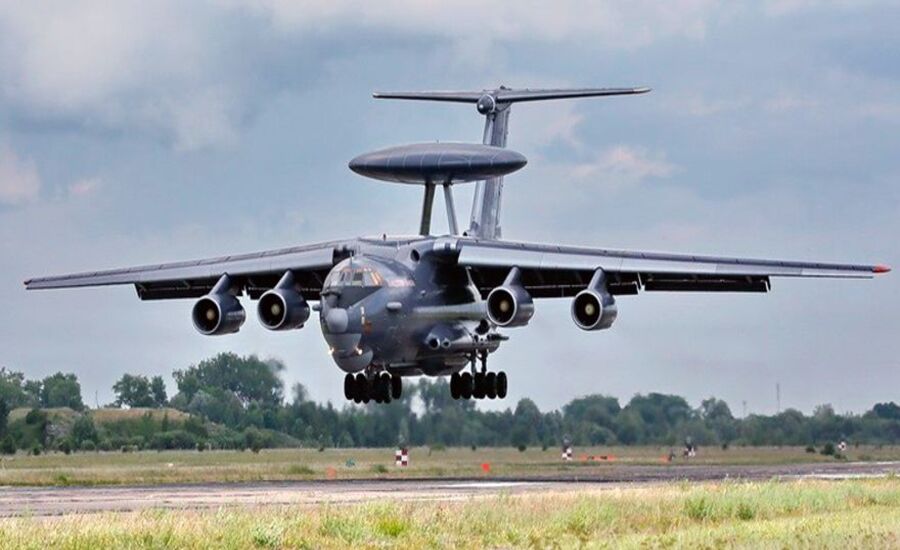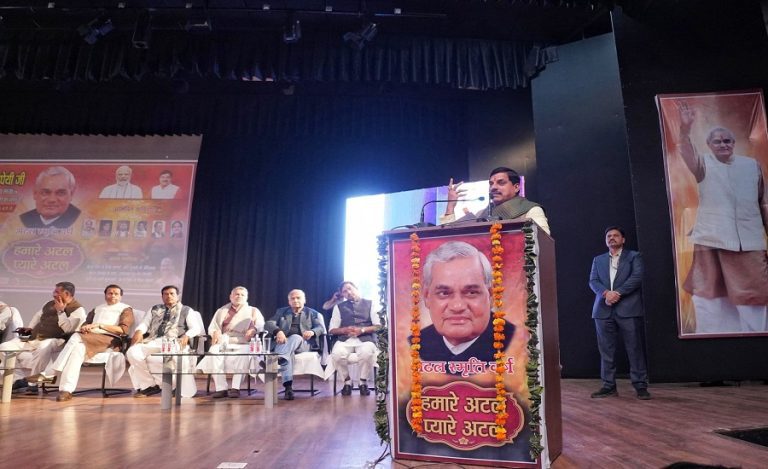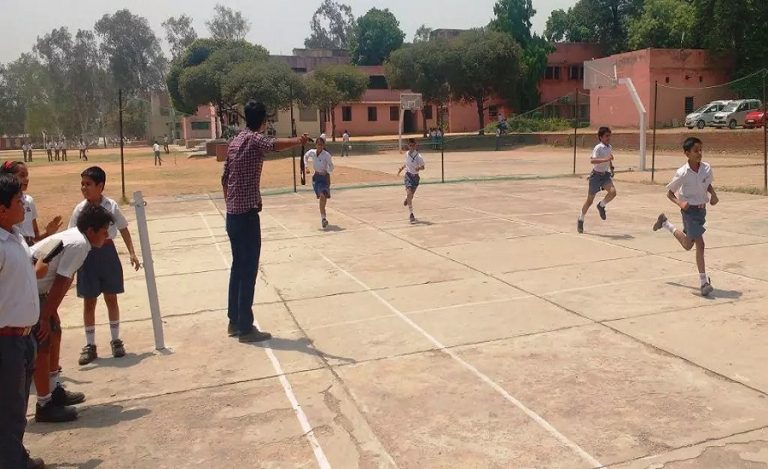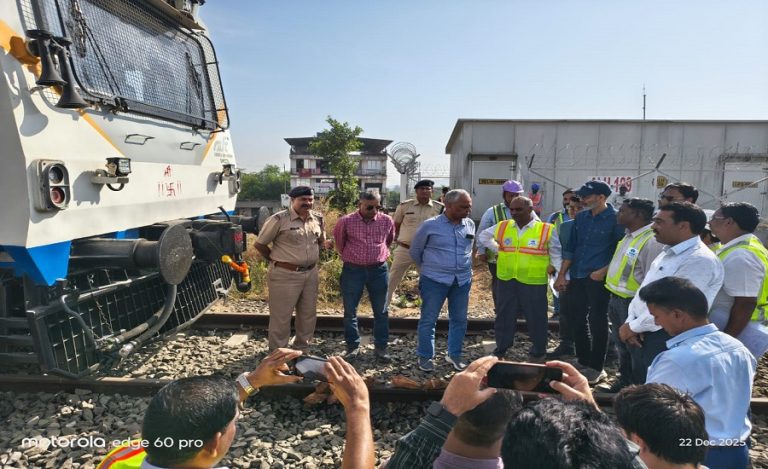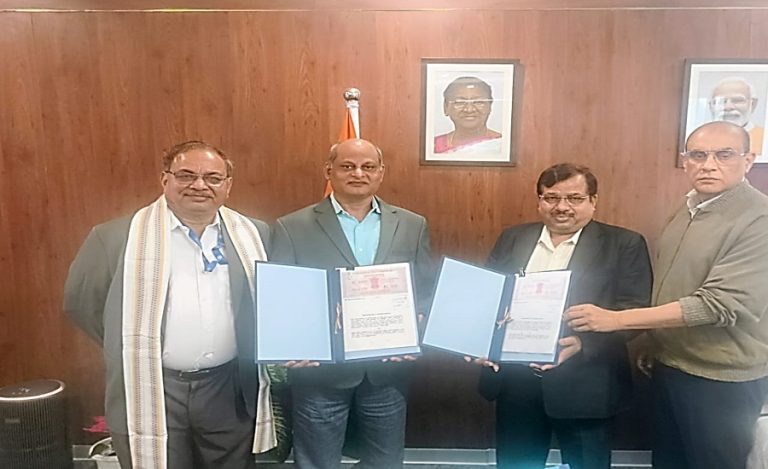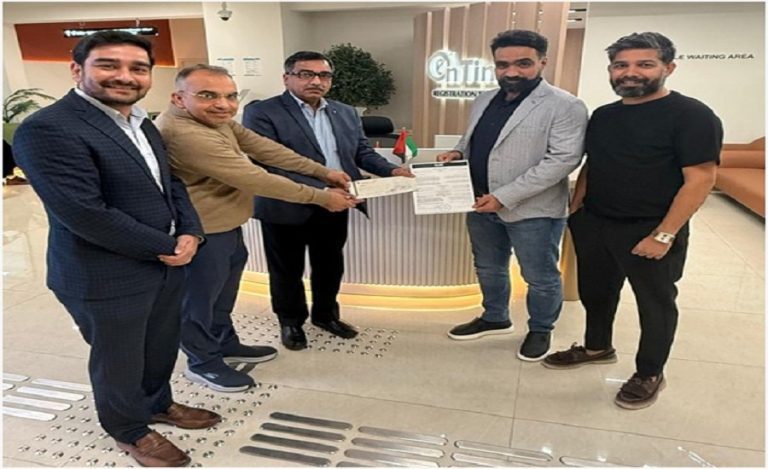New Delhi: India’s Defence Acquisition Council (DAC) has approved the Collaborative Long Range Target Saturation/Destruction System (CLRTS/D) — an indigenous, autonomous swarm‑drone programme designed for long‑range precision deep‑strike and base‑disruption missions. The decision marks a significant step in accelerating India’s autonomous‑warfare capabilities and indigenisation of advanced unmanned systems.
Mission profile and operational concept
CLRTS/D is conceived as a long‑endurance, highly resilient swarm architecture capable of coordinated autonomous operations even in dense electronic‑warfare (EW) environments and in GPS‑denied scenarios. Key operational features announced include:
- Operational range: Platform engineered for missions up to 1,100+ km, enabling strikes deep inside adversary territory.
- Mission roles: Primary employment for neutralising enemy airbases, radar networks, power grids, hardened shelters and other critical infrastructure to degrade adversary sortie generation and command resilience.
- Autonomy & resilience: Decentralised AI enables each vehicle to act as an autonomous node; the swarm can regroup, re‑task and continue mission objectives without reliance on a single central controller.
- EW robustness: Designed to operate with continuity under jamming/attrition via onboard DSMAC navigation, INS/IRNSS and encrypted datalinks.
Swarm composition and payload mix
The CLRTS/D swarm will use a mixed‑payload approach to achieve tactical saturation and distributed effects:
- 80% munition‑carrying units: Specialised warheads optimised for high‑speed top‑attack, spiral‑loiter penetration of shelters, and electrical‑grid disruption.
- 20% ISR/decision nodes: Equipped with DSMAC (Digital Scene Matching Area Correlation) sensors, secure data‑links and onboard AI for distributed target recognition, prioritisation and shared decision‑making.
This mix is intended to combine destructive effect with persistent situational awareness and post‑strike battle damage assessment.
Technical architecture and avionics
CLRTS/D’s technical blueprint centres on a distributed, decentralised AI and secure communications stack:
- Propulsion & airframe: Indigenous propulsion concepts are being explored — mini‑turbojet or electric‑hybrid units — to balance endurance and agility. Composite modular airframes allow role adaptability (loitering, strike, ISR).
- Navigation & sensors: Integrated INS/GPS/IRNSS with DSMAC for precision navigation in denied environments; AI‑enabled avionics and fly‑by‑wire control for autonomous flight and collision avoidance.
- Communications: Encrypted line‑of‑sight and beyond‑line‑of‑sight links, hardened against EW; architecture supports persistent telemetry sharing and adaptive swarm morphology.
- C2 & mission planning: Pre‑mission deep‑learning mapping of target zones; a collaborative C2 framework (mobile/airborne host) supplies mission intent while allowing the swarm to autonomously modify tactics on‑the‑move.
Tactics, effects and doctrine implications
CLRTS/D is designed for saturation strikes that overwhelm layered defences through massed, coordinated engagement. Its long‑range and autonomous regrouping capabilities are expected to reshape India’s precision deep‑strike doctrine by:
- Providing a cost‑effective, scalable option to degrade adversary air operations and critical infrastructure.
- Enabling distributed targeting that reduces single‑point failure risks in contested environments.
- Forcing adversaries to invest in new counter‑swarm and multi‑domain mitigation measures.
Testing, manufacturing and indigenisation
Advanced testing and validation are planned at established national test ranges, with Aeronautical Test Range (ATR) Chitradurga cited as a likely venue for EW‑condition flight trials. The manufacturing approach will emphasise:
- Indigenous subsystem sourcing and rapid assembly lines under the Make‑in‑India model.
- Modular production to allow iterative upgrades (e.g., integration of hypersonic or extended‑loiter variants in future).
- Emphasis on maintainability, field‑replaceable modules and scalability of production.
Industry and development partners
The programme is expected to be led by DRDO’s Aeronautical Development Establishment (ADE) in close collaboration with public‑sector and private industry partners. Key anticipated contributors include:
- HAL (Tactical UAV Division) for airframe integration and production expertise.
- BEL (EW directorate) for secure datalink and electronic‑warfare solutions.
- Private and startup defence firms such as TASL, Paras Defence, NewSpace Research & Technologies, and Adani Defence Systems for AI cores, propulsion units, sensors and composite structures.
This public–private partnership model aims to accelerate capability fielding while maximising indigenous content and industrial base growth.
Outlook
With DAC approval, CLRTS/D moves from conceptual/requirement phase toward focused development, testing and serial production planning. If successful, the system could provide the Indian Air Force and tri‑services with a transformative long‑range autonomous strike option — one that blends distributed AI, persistent endurance and tactical saturation to operate effectively in highly contested electromagnetic environments.

